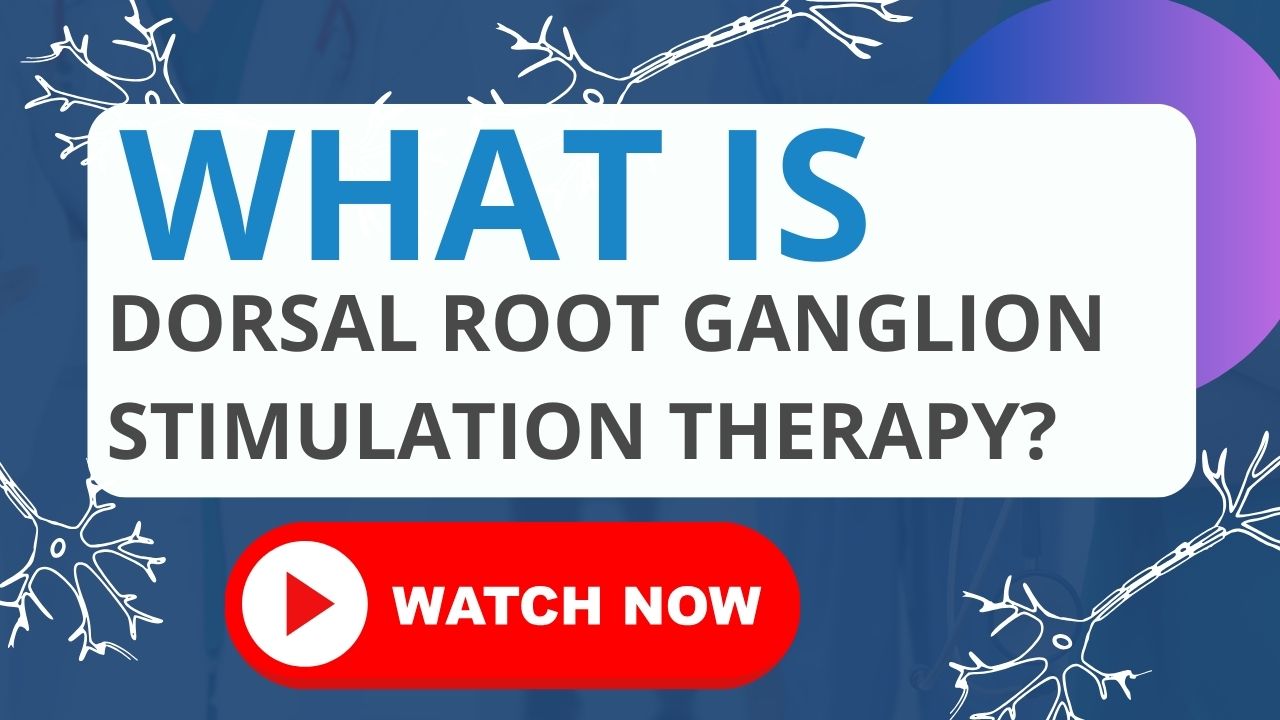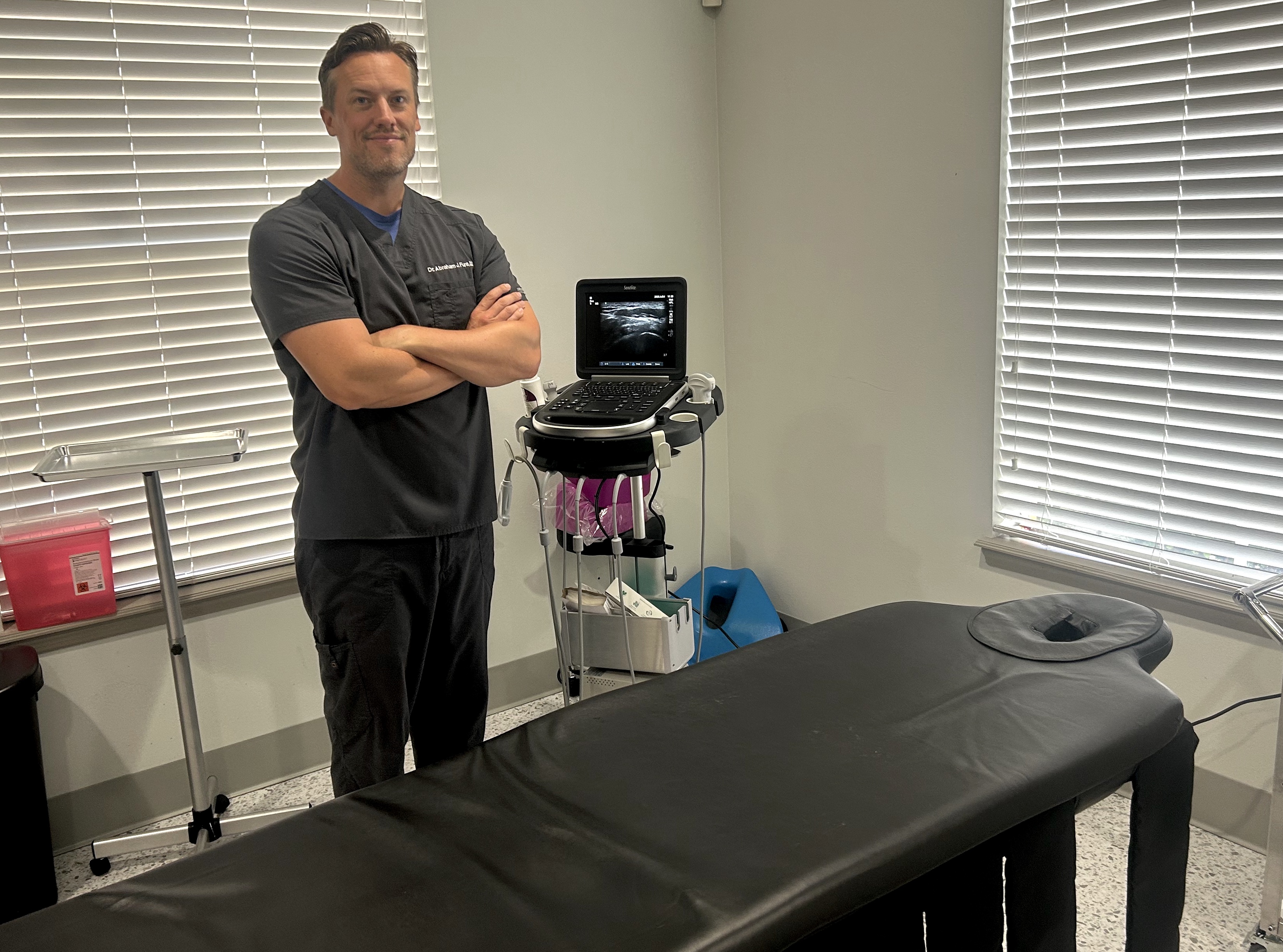
TREATMENT OVERVIEW
Dorsal Root Ganglion (DRG) Stimulation is a highly advanced form of neurostimulation that targets the DRG, a key nerve structure that acts as a gateway for pain signals. By precisely targeting this structure, DRG therapy can provide profound relief for challenging, isolated chronic pain in specific areas like the foot, knee, or groin, which may not respond well to other treatments.


PROCEDURE DETAILS
DRG therapy is a two-step process. The first step is a temporary trial to ensure the therapy is effective for your specific pain. Under local anesthetic and light sedation, thin wires (leads) are precisely placed over the specific DRG that matches your area of pain. These leads are connected to an external "test drive" device that you wear for about a week.
If the trial is successful (providing at least 50% pain relief), you can proceed to the permanent implant. This is a minimally invasive surgery where new, sterile leads are placed and a small, pacemaker-like battery is implanted under the skin, typically in the buttock or abdominal area.
The implanted system sends mild electrical pulses directly to the DRG, which modifies the pain signals being sent to your brain. You are in full control of the therapy using a simple wireless remote, allowing you to adjust the stimulation for your needs.
TREATMENT ADVANTAGES
DRG stimulation represents a breakthrough in precision pain management, offering hope and a powerful solution for patients with difficult-to-treat focal pain syndromes.
DRG therapy targets the specific nerve ganglion responsible for your pain, providing focused relief without affecting surrounding areas of your body.
This therapy is exceptionally effective for chronic pain in isolated areas like the foot, ankle, knee, hip, or groin that can be challenging to treat otherwise.
DRG systems are designed to provide significant pain relief using low energy levels, often without the constant tingling sensation (paresthesia) of older systems.
DRG stimulation is an FDA-approved, highly effective treatment for Complex Regional Pain Syndrome (CRPS) and chronic pain following nerve injury or surgery.
The essential trial period allows you to "test drive" the therapy in your own daily life, ensuring it is the right solution for you before you commit to a permanent implant.
By targeting and relieving debilitating focal pain, DRG stimulation can help you return to walking, working, and enjoying your favorite activities again.
IMPORTANT INFORMATION
DRG Stimulation is a safe and effective therapy, but as with any implanted medical device, there are potential risks and side effects associated with the trial and permanent implant procedures.
Important: The trial phase is designed to minimize risk by confirming the therapy works for you. Following all post-operative instructions is the best way to prevent complications like infection or lead movement.
PREPARATION GUIDE
Proper preparation for your trial and/or implant procedure is essential for a smooth and safe experience. Please review the following important steps.
Ensure you have a thorough review with Dr. Fura. Disclose all allergies, especially to medications like contrast dye.
Stop blood thinners and other specific medications as instructed by Dr. Fura before your procedure.
Do not eat or drink after midnight. You must arrange for a responsible adult to drive you home afterward.
Wear comfortable, loose clothing. Avoid jewelry and leave valuables at home for safekeeping.
RECOVERY GUIDE
Your recovery process has two main phases: the temporary trial week and the healing period after your permanent implant.
For 5-7 days, you will "test drive" the system with external leads. You must avoid bending, lifting, and twisting, and cannot shower. Keep a pain diary to log your results before the leads are removed.
After the implant surgery, strict activity restrictions are crucial to let the leads heal in place. You will manage two small incision sites and focus on light walking for activity.
You will have follow-up appointments to check your incisions and work with a device specialist to fine-tune your stimulation programs for optimal, comfortable relief.
Once your restrictions are lifted (usually after 6-8 weeks), you can return to most of your normal activities. You will learn to charge your device and live freely with your newfound pain control.
Please don't hesitate to reach out and request an appointment. We look forward to meeting with you, addressing your concerns, and working together to enhance your quality of life.